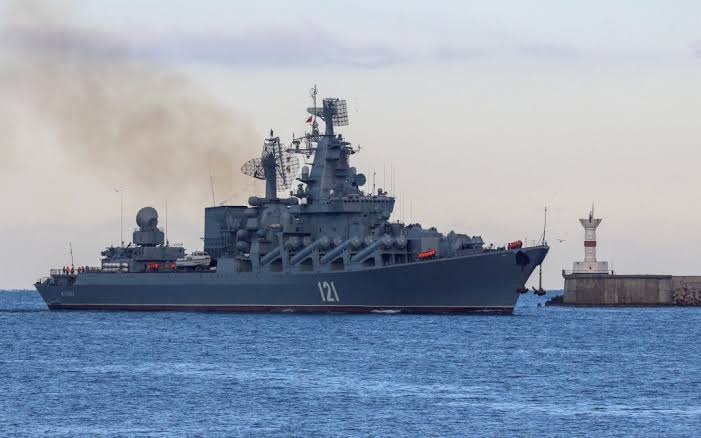In a meticulously orchestrated strategic drill conducted near Japan, the Pacific Fleet of the Russian Navy showcased its prowess by thwarting a simulated air attack orchestrated by an undisclosed hypothetical adversary, with indications pointing towards the involvement of the United States and its allied forces in the crafted scenario.
The key players in this display of military preparedness were the distinguished flagship, Guards Order of Nakhimov, accompanied by the formidable missile cruiser Varyag and the agile frigate Marshal Shaposhnikov. This formidable detachment played a central role in the exercise, as revealed by the Eastern Military District press service.
The specific location chosen for the drill was the East China Sea, a region of strategic importance. In this simulated scenario, the detachment engaged in an exercise specifically tailored to repel an air attack, reflecting the complex geopolitical dynamics in the Asia-Pacific region.
During the drill, the crews of the warships demonstrated their high level of expertise by effectively detecting multiple simulated air targets closing in on the fleet. Responding with precision and agility, the missile cruiser and frigate swiftly activated electronic warfare equipment. Employing a combination of active and passive interference, they successfully disrupted potential threats, showcasing the sophistication of the Pacific Fleet’s defensive capabilities.
In a carefully coordinated response, the crews of the ships tracked the simulated enemy aircraft, neutralizing them within the designated kill zone. The Guards Order of Nakhimov, Varyag missile cruiser, and the Marshal Shaposhnikov frigate seamlessly executed their roles in this tactical ballet. The Eastern Military District reported, “When mock enemy aircraft entered the target zone, the Guards Order of Nakhimov Varyag missile cruiser and the Marshal Shaposhnikov frigate destroyed air targets with anti-aircraft missile systems.”
It’s noteworthy that the simulated air attack was executed electronically, emphasizing the precision and control exercised during the drill. Importantly, no live firing of the anti-aircraft missile system took place, underlining the focus on simulation and strategic readiness rather than actual warfare maneuvers.
This strategic demonstration not only underscores the technological and operational capabilities of the Russian Pacific Fleet but also sends a clear message about its preparedness in dealing with potential threats in the complex geopolitical landscape of the Asia-Pacific region. The carefully crafted scenario and the successful execution of defensive measures highlight the ongoing emphasis on military exercises and readiness in the global threat.

